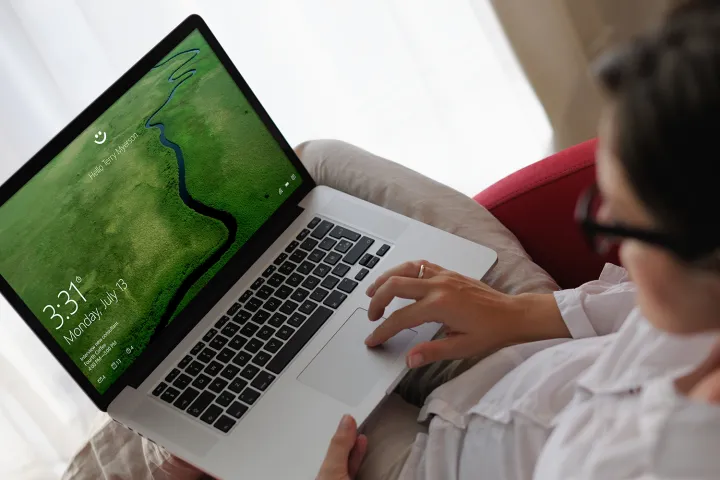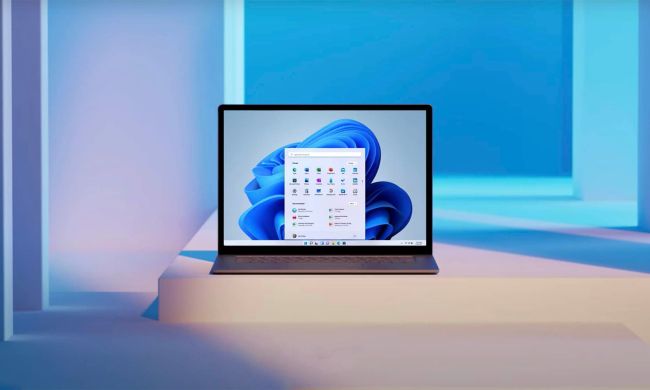
The latest attempt is Microsoft’s Windows Hello, a login method baked into Windows 10. It’s an all-in-one biometric authentication process that lets users log in through facial recognition, fingerprint scan, or iris scan. Microsoft has tried to push biometrics before, but now it builds hardware as well as software, giving the company more control.
Users hate drawn-out authentication. It’s the reason why two-factor is often ignored.
And it works. After setting up facial recognition twice – once on a Surface Pro 4, and again on the Nokia Lumia 950 – I can now log in simply by sitting (or standing) in front of either device. Hello is like magic on the Pro 4, where it activates the instant I come into view. The Lumia takes more time, but no more than a couple seconds.
Hello’s success is significant. Users hate drawn-out authentication. It’s the reason why two-factor is often ignored, if users are given the option, despite its benefits. Biometric login, though it’s been around for years (fingerprint readers are a popular option on enterprise laptops), has never felt this seamless, nor taken so little time to set up.
But it’s not all good news. Hello only works with a limited selection of hardware. In the case of facial recognition, that means a webcam with infrared capability. Microsoft’s official documentation is cagey about what does and does not work, too, which is bound to frustrate users.
Hello also strains the processor, at least when paired with facial or iris recognition. The Pro 4’s camera scans for the user constantly. That makes its fantastically quick operation possible, at the cost of system resources. It drains the battery quickly, and if not on battery, it’s demanding enough to force the Pro 4’s fans into overdrive. I’ve often approached my desk to the sound of a furiously whirring system fan. Microsoft’s Lumia phone doesn’t have these issues, though only because it doesn’t start looking until the user presses the phone’s unlock button.
These flaws aren’t insignificant, but they are surmountable, and they aren’t always an annoyance. And now that Hello exists, giving hardware makers standardized biometrics to target, it should be easier to justify the expense of adding it.
I don’t expect that Windows Hello will come to every system over the next year, or even the next three. It’s an added cost, and more importantly, most people know nothing about it. That will change with time. Hello has the benefit of enabling instant gratification. Anyone who gives it a try won’t want to go back to the awkward, slow, insecure password.


